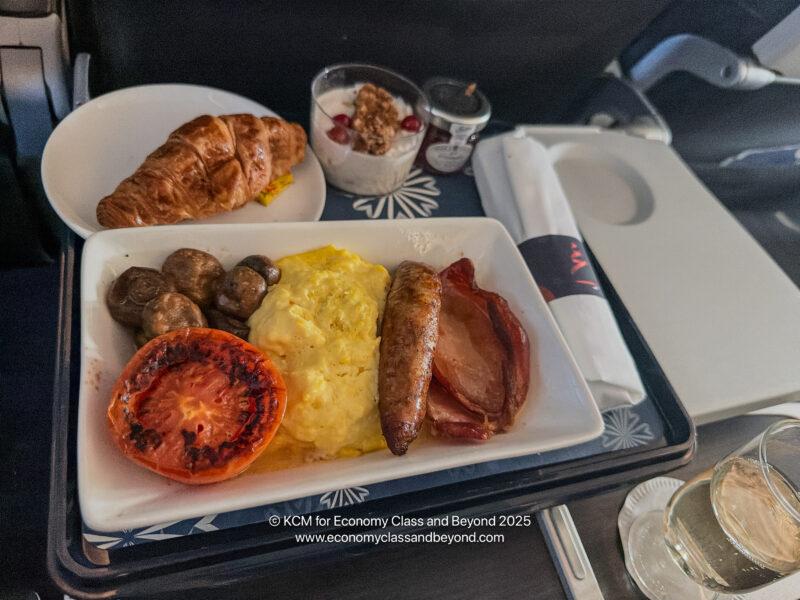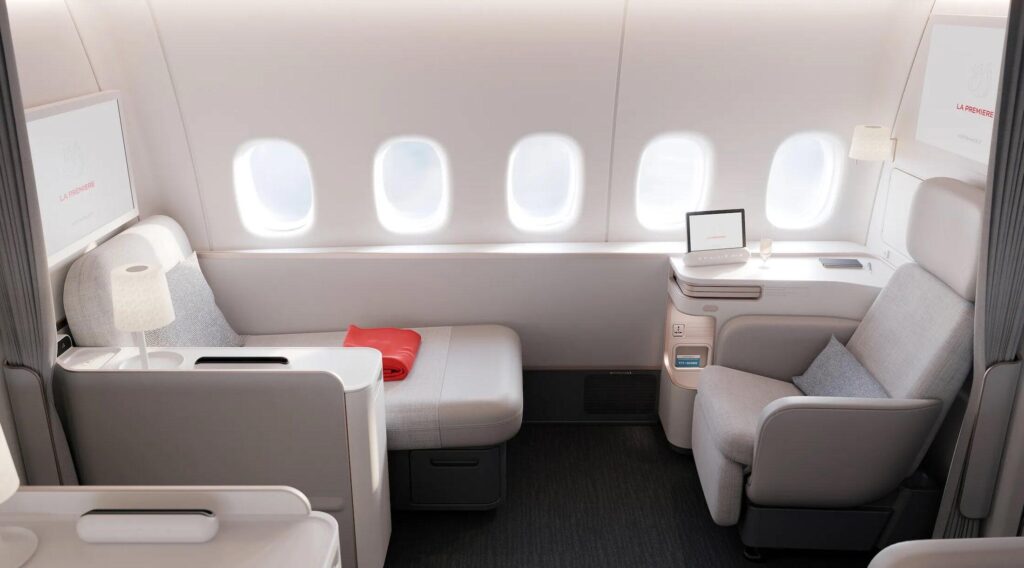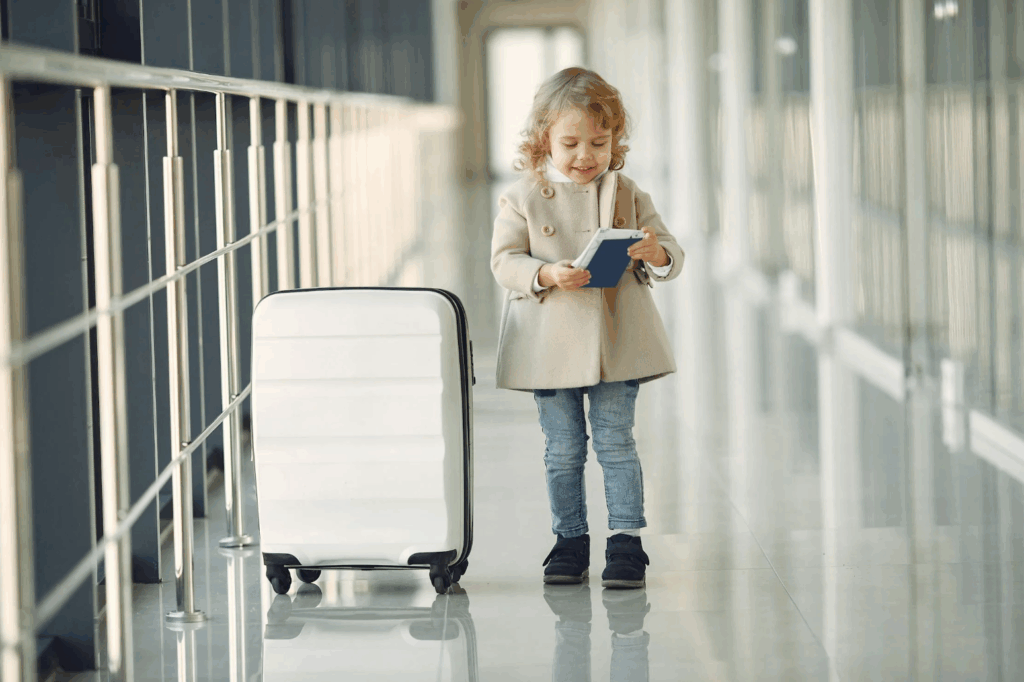
Pack Like a Pro: Ultimate Carry-On Guide
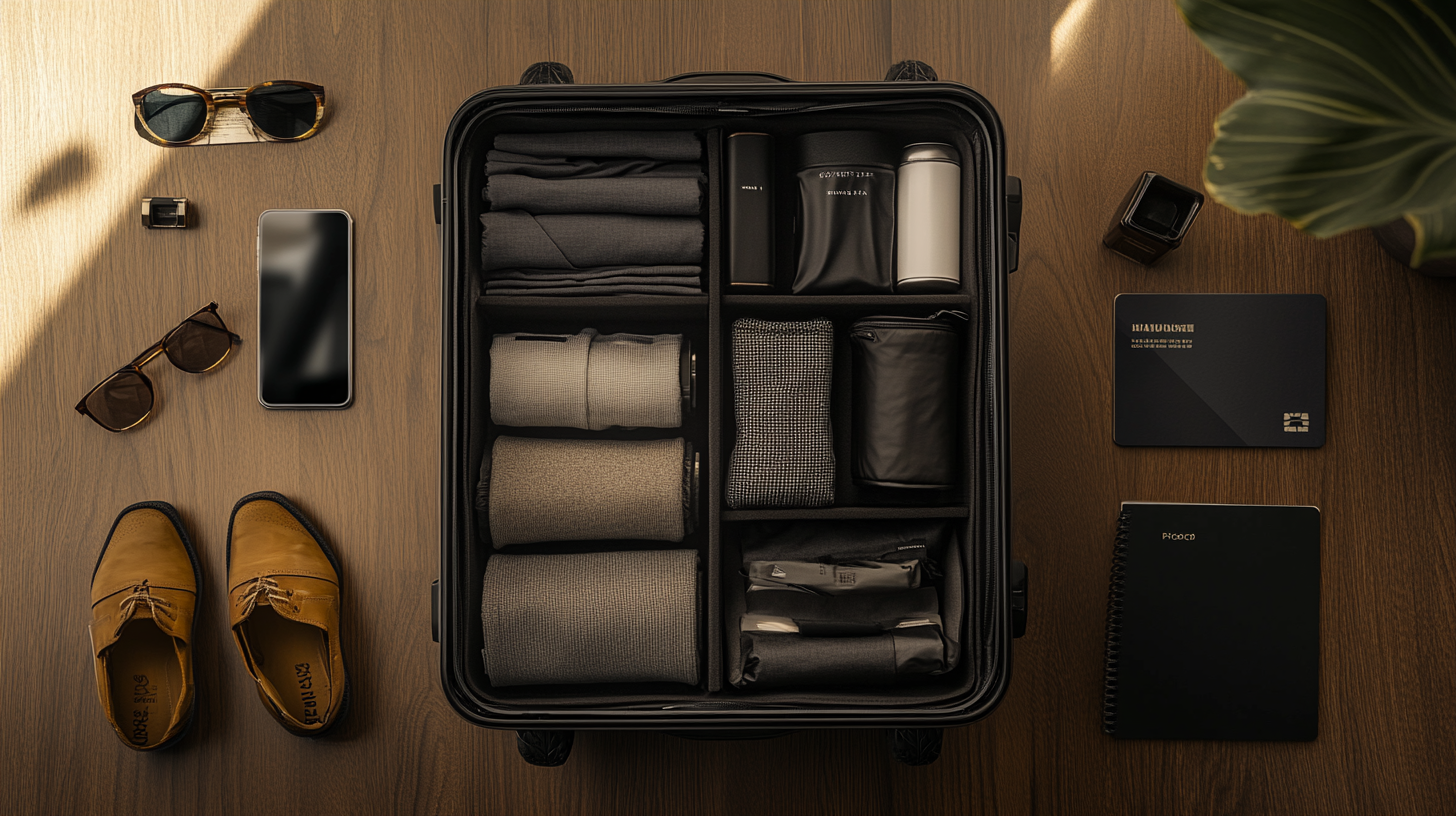
Traveling light has become more than just a trend; it’s a smart and efficient way to explore the world. Whether you’re hopping on a plane for a weekend getaway or embarking on a month-long adventure, mastering the art of packing a carry-on is essential. Not only does it save you from baggage fees, but it also spares you the hassle of waiting at luggage carousels. In this comprehensive guide, we’ll delve into expert tips and strategies on how to pack a carry-on for any trip, ensuring you have everything you need without the unnecessary bulk.
Understanding Airline Carry-On Restrictions
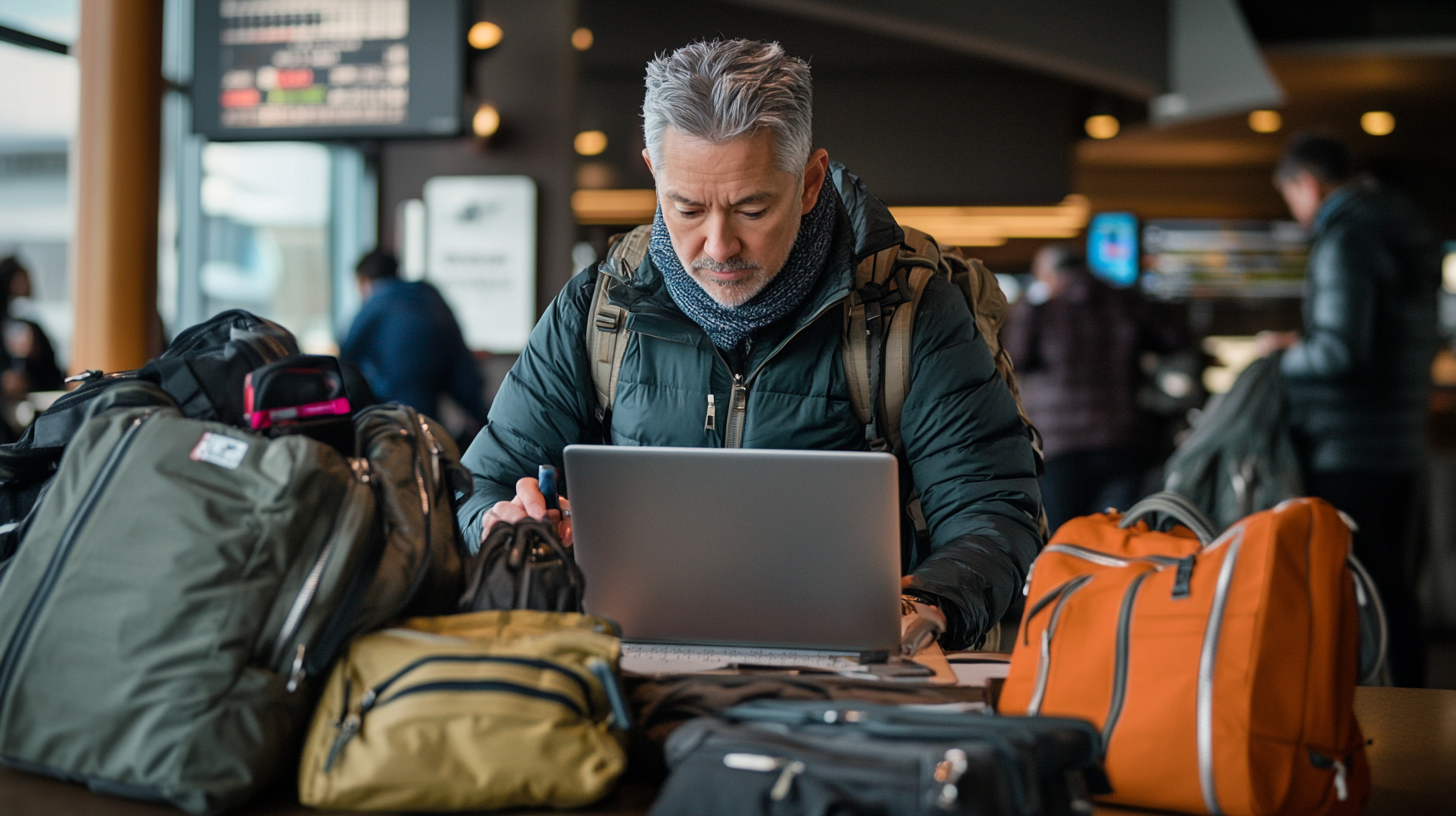
Before you start packing, it’s crucial to familiarize yourself with airline carry-on restrictions. Different airlines have varying size and weight limits for carry-on luggage. Typically, the standard size is around 22 x 14 x 9 inches, including handles and wheels. Exceeding these dimensions can result in additional fees or having to check your bag at the gate.
Additionally, weight limits can vary, especially on international flights. It’s advisable to check your airline’s website for specific guidelines. Remember that some carriers are stricter than others, so being informed can save you from unexpected hassles. Knowing these restrictions is the first step in efficient packing.
Furthermore, consider the types of items that are prohibited in carry-on luggage. For instance, liquids exceeding 3.4 ounces (100 milliliters) should be packed in checked baggage. Familiarizing yourself with the TSA’s regulations can help streamline your packing process and prevent confiscations at security checkpoints.
Understanding these restrictions not only helps in avoiding complications but also aids in planning what to pack and how to pack it. It’s the foundation of becoming a savvy traveler who can make the most out of their carry-on allowance.
Selecting the Right Carry-On Bag
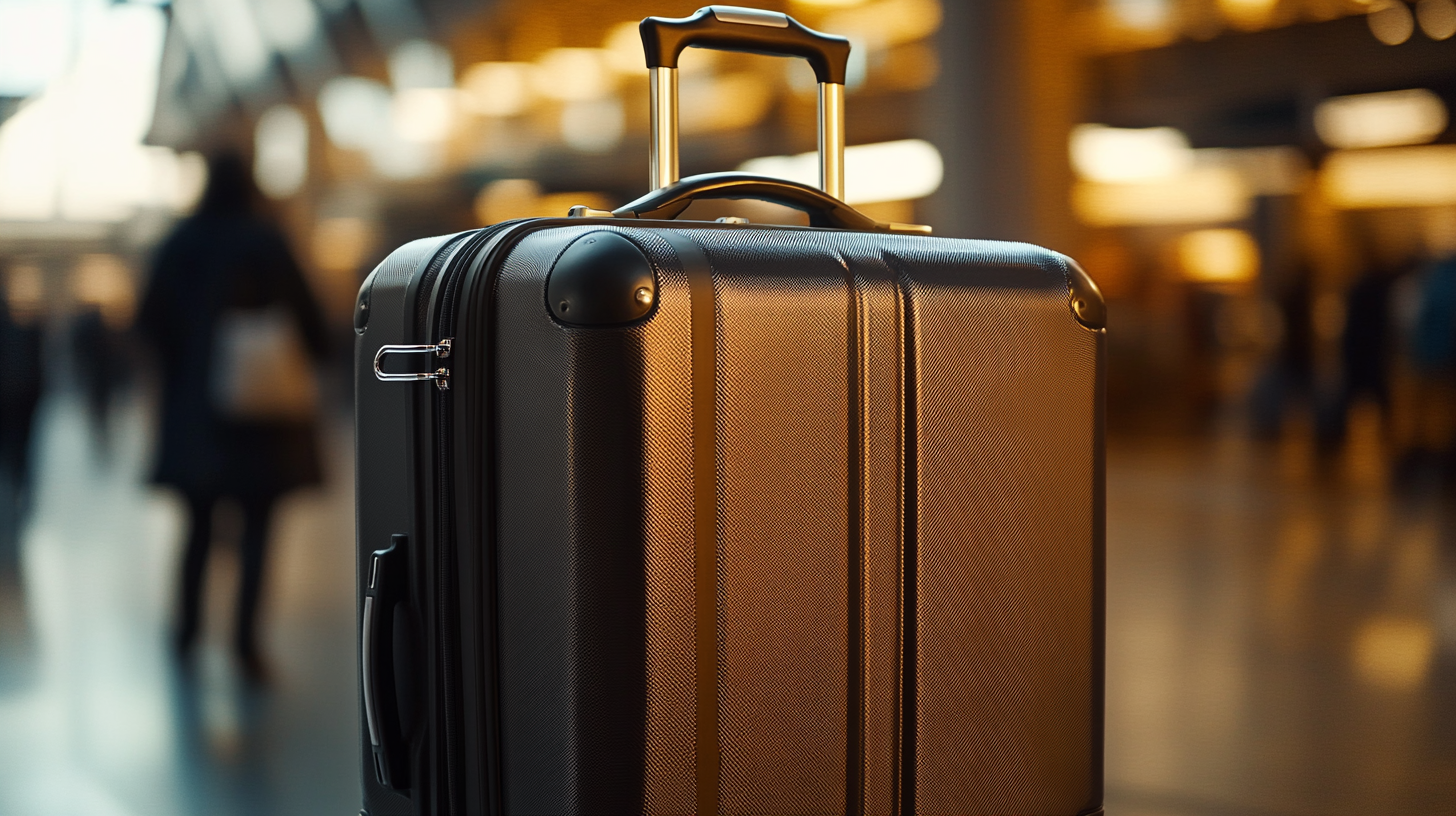
Your carry-on bag is more than just a container for your belongings; it’s a travel companion that should meet your specific needs. When selecting the right bag, consider factors such as durability, size, weight, and functionality. Investing in a high-quality, lightweight bag can make a significant difference in your travel experience.
Hard-shell suitcases offer better protection for fragile items, while soft-sided bags provide flexibility when fitting into overhead compartments. Brands like Samsonite and Tumi offer a range of options that cater to different preferences and budgets.
Consider bags with multiple compartments and organizational features. These can help you keep items like electronics, documents, and toiletries easily accessible. Additionally, look for bags with sturdy zippers and comfortable handles or straps. If you’ll be navigating through airports or city streets, wheels and retractable handles can add ease to your journey.
Ultimately, the right carry-on bag should complement your packing strategy and travel style. It should be reliable, convenient, and compliant with airline regulations. Choosing wisely sets the stage for a smooth packing process and a stress-free trip.
Creating a Packing List
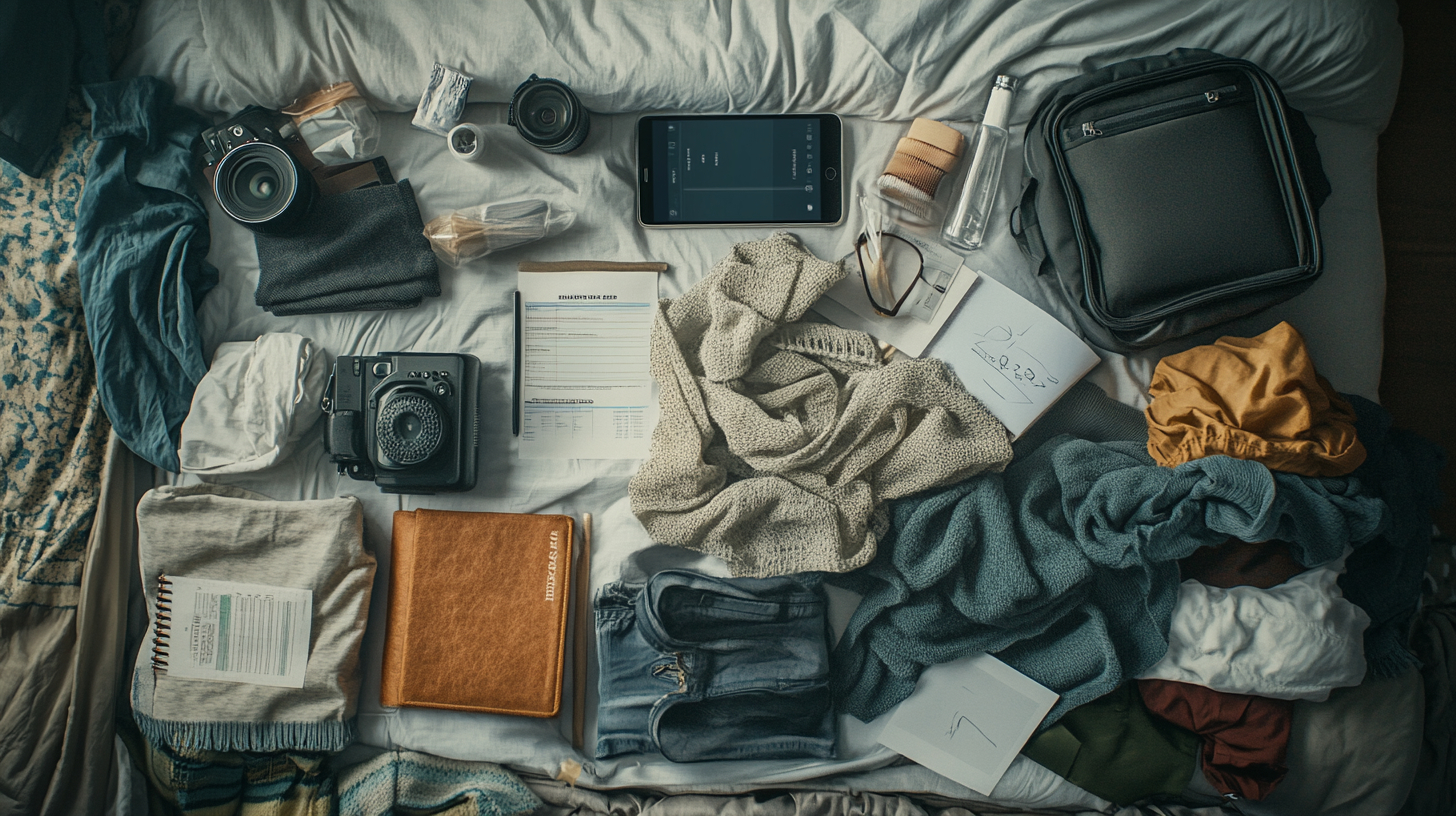
A well-thought-out packing list is the backbone of efficient carry-on packing. Start by outlining the essentials based on the duration and purpose of your trip. Consider the climate, activities planned, and any specific requirements like formal attire or specialized equipment.
Divide your list into categories such as clothing, toiletries, electronics, documents, and miscellaneous items. This organization helps ensure you don’t overlook important items. Remember the golden rule: pack items that serve multiple purposes to maximize space. For example, a lightweight scarf can function as a fashion accessory, a blanket, or a head covering.
Consult resources like our ultimate-travel-packing-list for comprehensive guidance. Additionally, apps like PackPoint can customize packing lists based on your itinerary and preferences, making the process more streamlined.
Regularly updating and refining your packing list after each trip can lead to continuous improvements. Over time, you’ll develop a personalized list that perfectly suits your travel needs, making future packing endeavors even more efficient.
Optimizing Clothing Choices
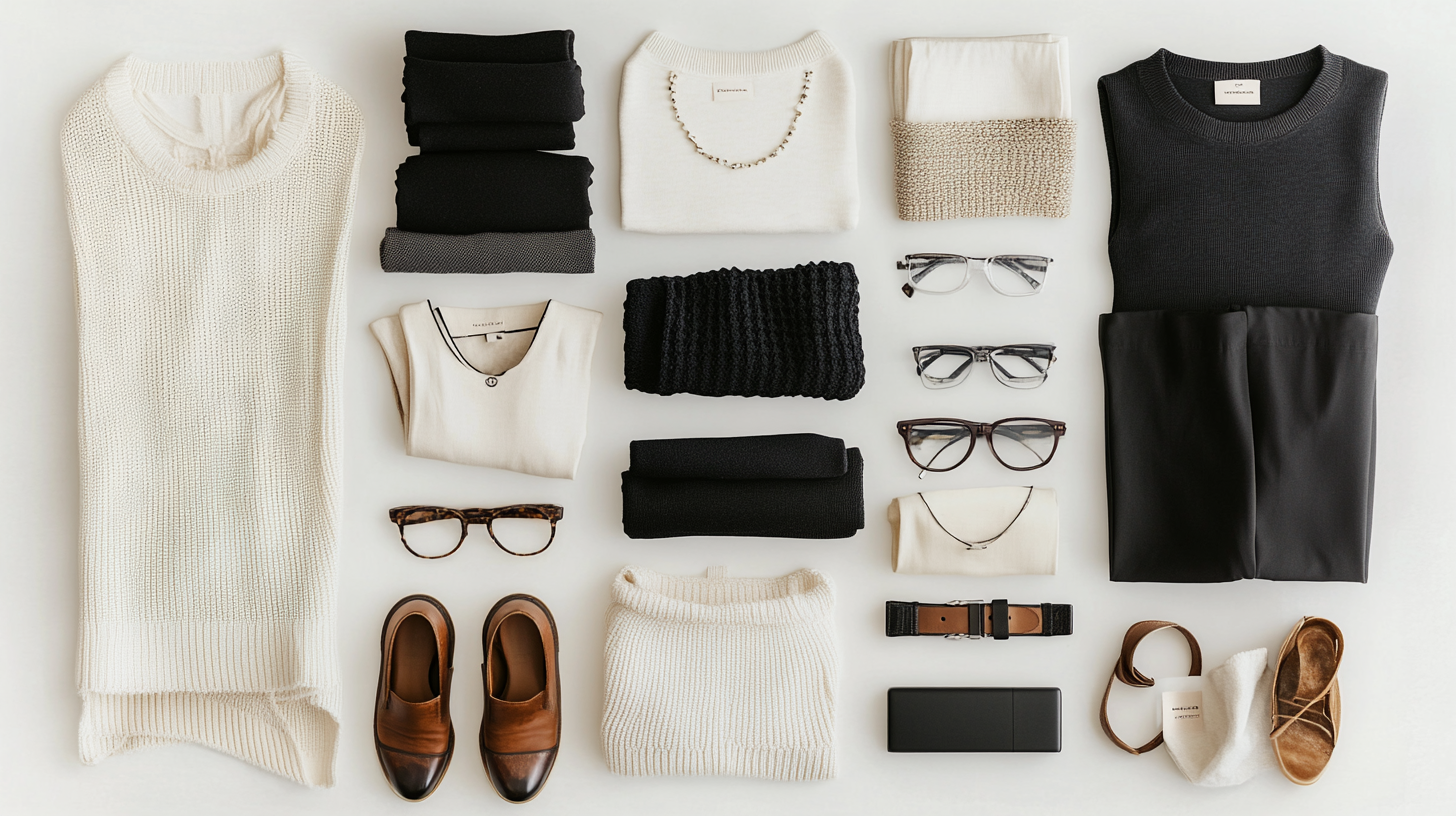
Clothing often occupies the most space in luggage, so optimizing your choices is crucial. Opt for a capsule wardrobe consisting of versatile pieces that can be mixed and matched to create different outfits. Neutral colors and classic styles are ideal for this purpose.
Choose fabrics that are wrinkle-resistant and quick-drying. Materials like merino wool and synthetic blends are excellent for travel as they are breathable and odor-resistant. This is especially beneficial for longer trips where laundry facilities might be limited.
Employ the layering technique to adjust to varying temperatures without packing bulky items. For instance, a lightweight sweater over a t-shirt can provide warmth without taking up much space. Accessories like belts and jewelry can enhance outfits without adding significant weight.
Remember to wear your heaviest shoes and clothing items on the plane to save space in your carry-on. By thoughtfully selecting and coordinating your clothing, you can maintain style and comfort throughout your trip while keeping your luggage light.
Packing Techniques to Maximize Space
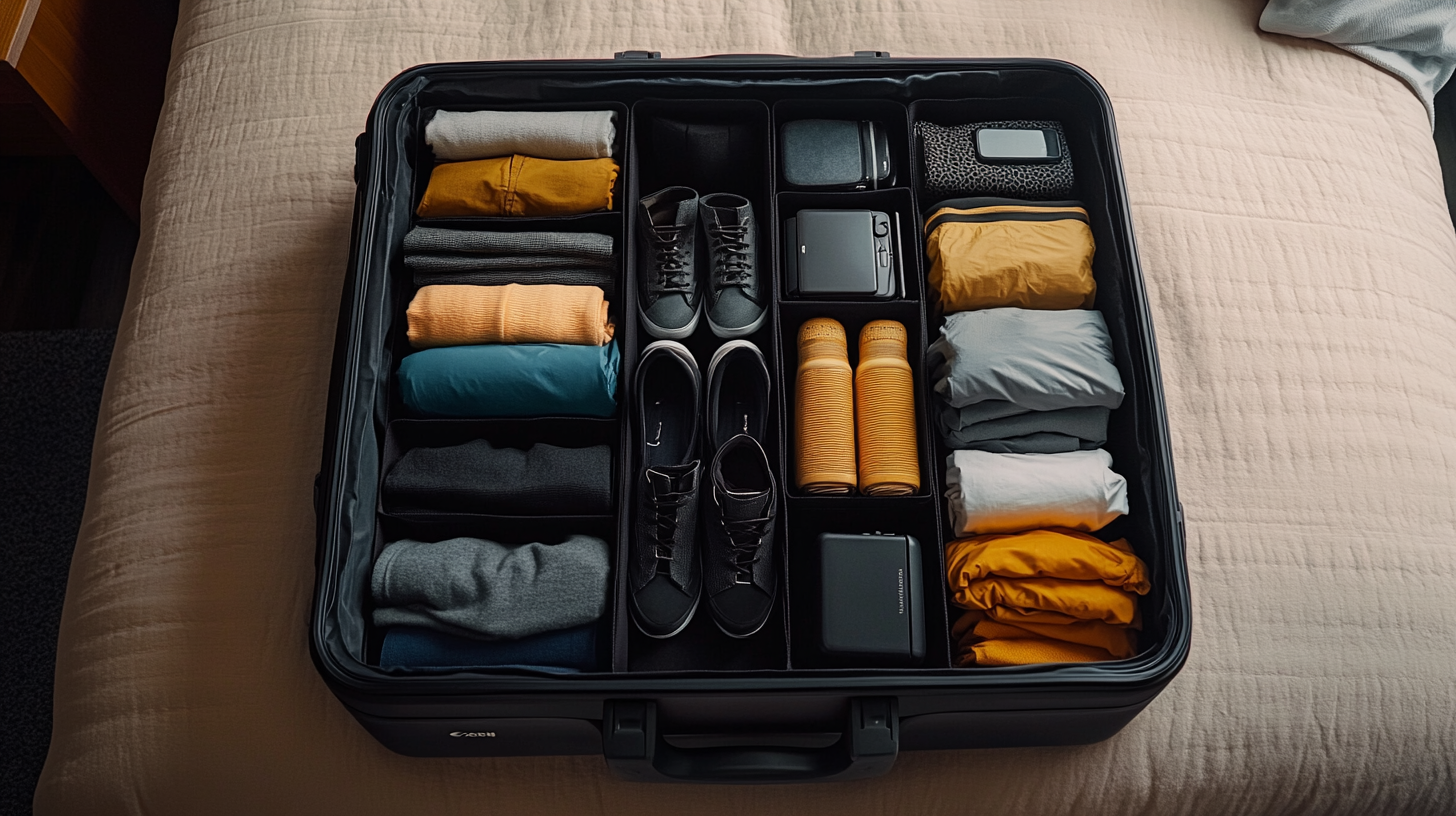
How you pack is just as important as what you pack. Utilizing effective packing techniques can significantly increase the amount of items you can fit into your carry-on. One popular method is rolling your clothes instead of folding them. Rolling reduces wrinkles and saves space.
Another strategy is the use of compression bags or packing cubes. These tools help you organize your items and compress bulky clothing like jackets or sweaters. Packing cubes also make it easier to access specific items without unpacking your entire bag. For more tips, check out EZPacking’s guide on packing efficiently.
Fill every inch of space by stuffing socks or small items into shoes. Place heavier items at the bottom of your bag to maintain balance and make it easier to wheel or carry. Keep essentials like toiletries and electronics at the top for easy access during security checks.
Learning from seasoned travelers can provide valuable insights. For more advanced techniques, check out our article on pro-packing-tips. Mastering these methods turns packing into a science, allowing you to travel efficiently every time.
Managing Toiletries and Personal Items
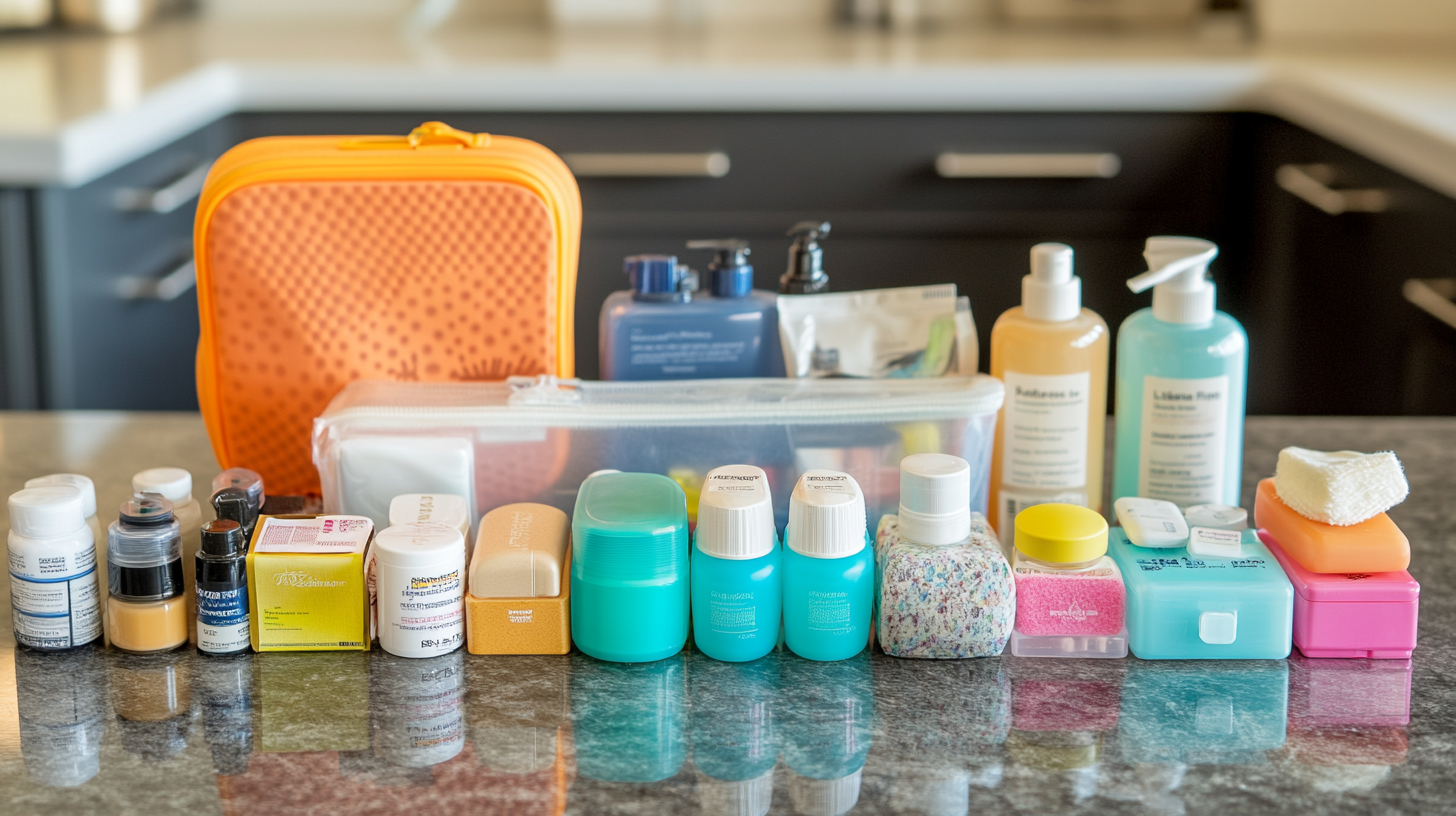
Toiletries can be challenging due to liquid restrictions and the potential for spills. Opt for solid versions of products like shampoo, conditioner, and soap. Brands such as Lush offer a variety of solid toiletries that are travel-friendly and comply with TSA regulations.
If you prefer liquids, use travel-sized containers that meet the 3.4-ounce limit. Place all liquids in a clear, quart-sized zip-top bag for easy removal during security screening. Consider purchasing toiletries at your destination to save space and reduce the initial load.
For personal items like medications, keep them in their original containers and carry a copy of your prescriptions. This can prevent issues with customs and security. Pack a small first-aid kit with essentials like band-aids, pain relievers, and any personal necessities.
Organizing your toiletries efficiently not only complies with regulations but also ensures you have all necessities accessible. This attention to detail contributes to a smoother travel experience and peace of mind.
Essential Electronics and Accessories
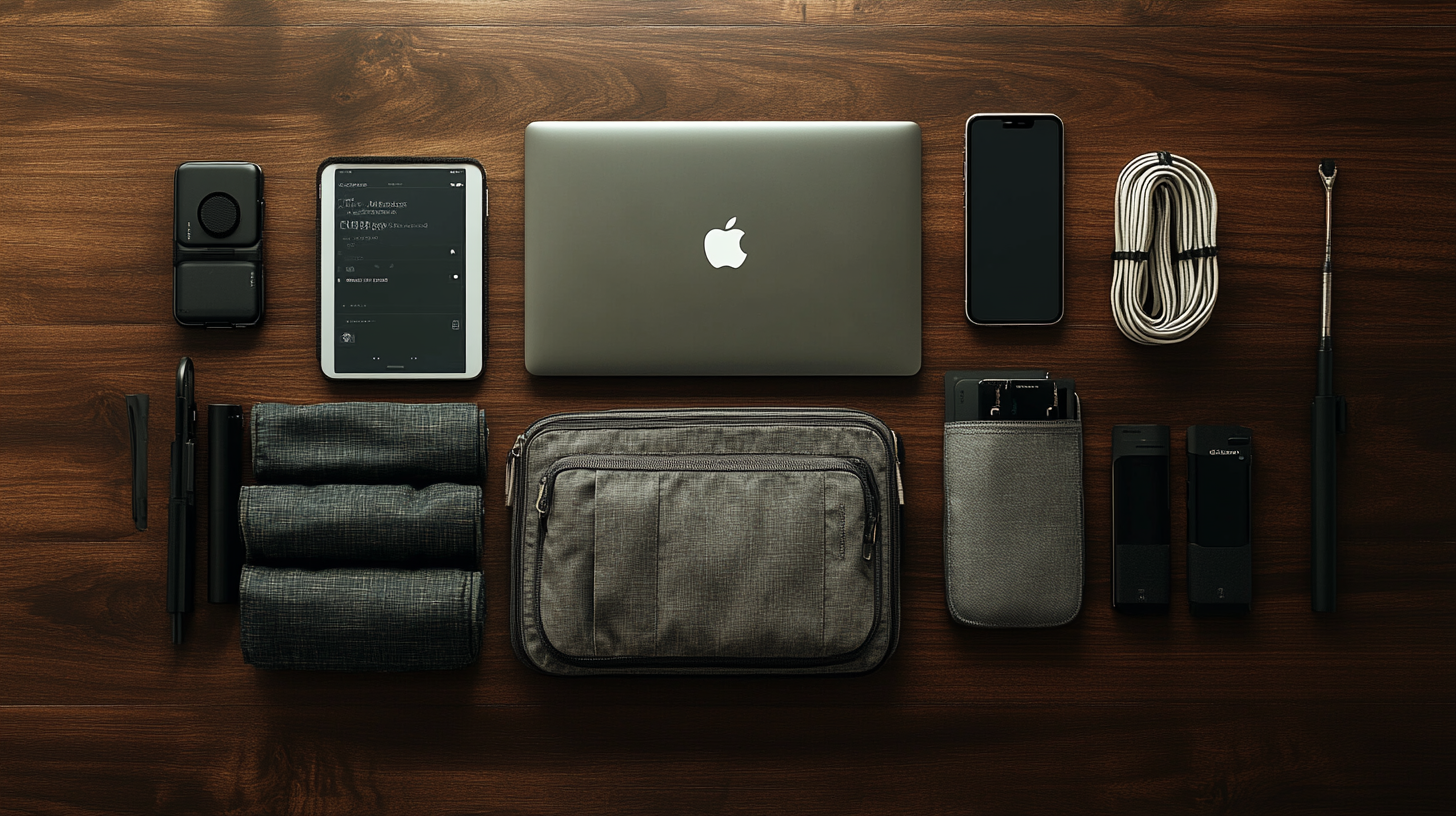
In today’s digital age, electronics are an integral part of travel. Determine which devices are essential and consider multifunctional gadgets to save space. For example, a smartphone can serve as a camera, e-reader, and navigation tool.
Pack necessary chargers and invest in a universal adapter if traveling internationally. Organize cords and small accessories using cable organizers or pouches. This prevents tangles and makes it easier to find what you need when you need it.
For items like laptops or tablets, consider protective sleeves that are slim yet effective. Keep electronics easily accessible, as you may need to remove them during security checks. Remember to back up important data before your trip and enable security features in case of loss or theft.
Balancing the convenience of electronics with the practicality of packing light is key. By carefully selecting and organizing your devices, you can stay connected and entertained without overburdening your carry-on.
Important Documents and Security
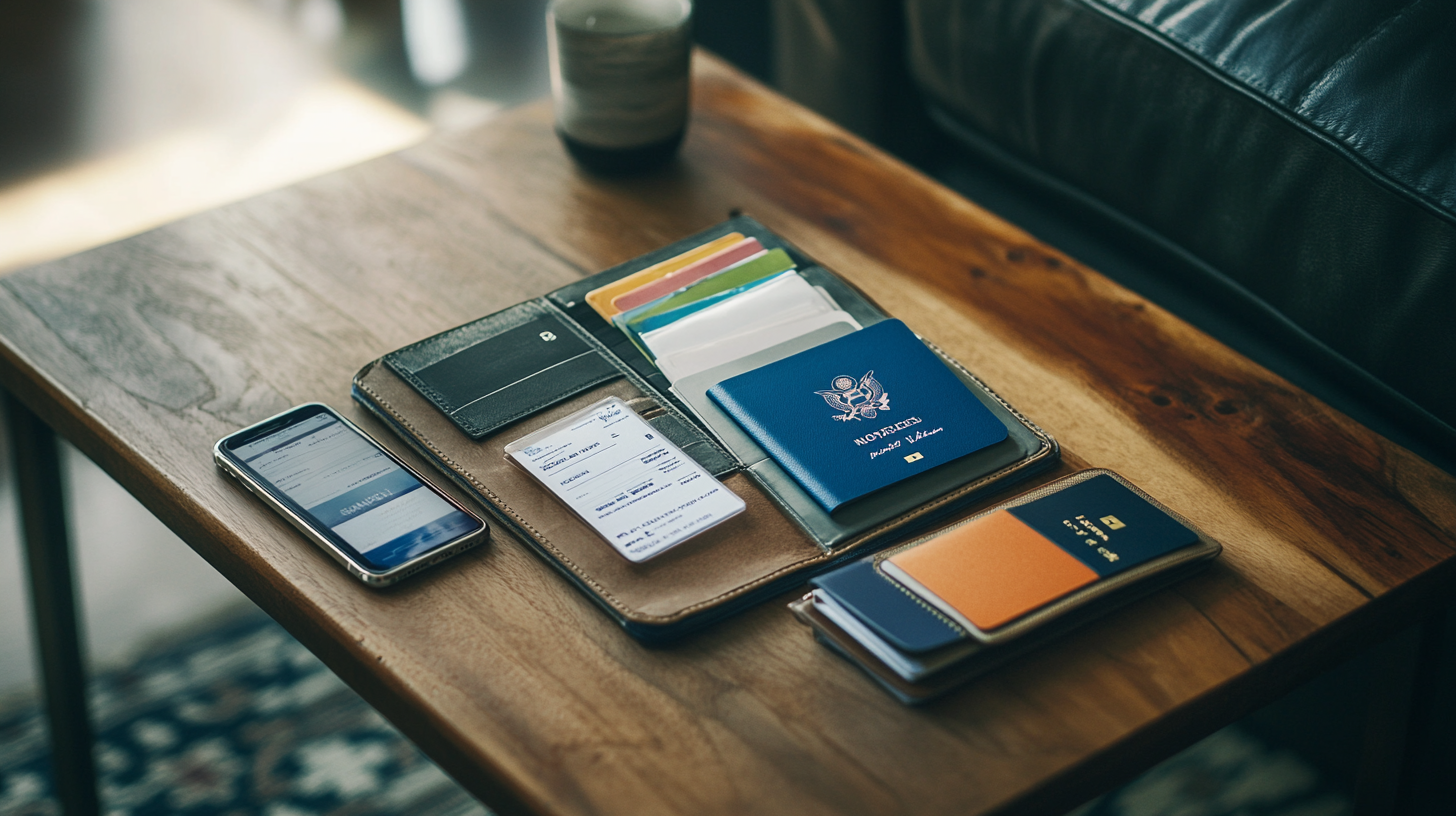
Keeping your important documents organized and secure is vital. Use a travel wallet or document organizer to hold your passport, boarding passes, visas, and travel insurance papers. Having everything in one place simplifies retrieval and reduces stress.
Make copies of essential documents and store them separately, either in digital form on a secure cloud service or physically in a different location. This precaution can be invaluable in case of loss or theft.
Consider RFID-blocking wallets or sleeves to protect against electronic pickpocketing. Be mindful of where you store your documents during transit; keeping them close to your body or in a secured bag minimizes risks.
Staying organized with your documents ensures smooth navigation through airports and borders. It enhances your security and allows you to focus on enjoying your journey rather than worrying about misplaced papers.
Adapting Packing Strategies for Different Trip Types
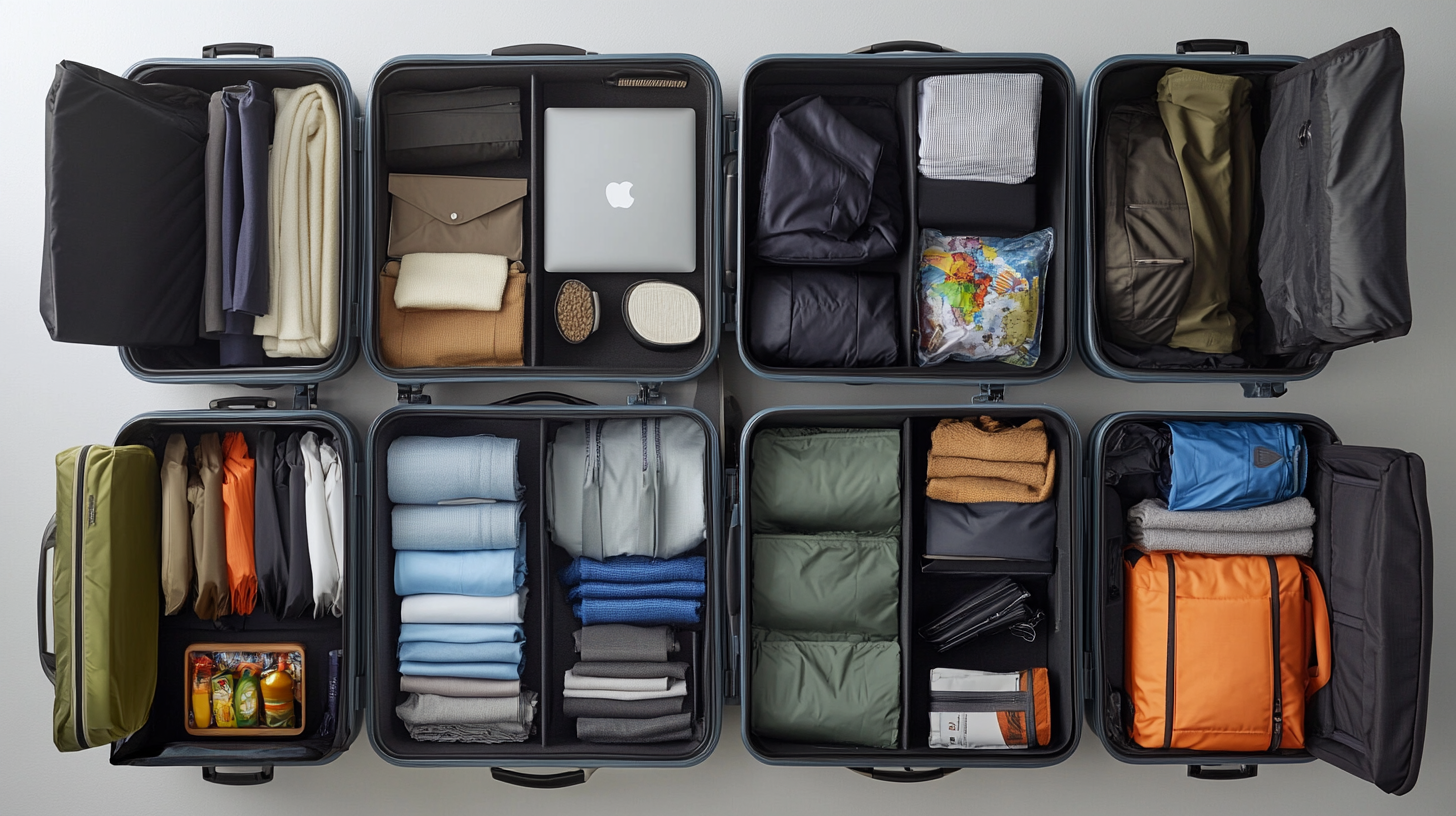
Every trip is unique, and your packing approach should reflect that. For business travel, prioritize professional attire and necessary work materials. Utilize garment folds or packing folders to keep suits and dresses wrinkle-free.
If you’re embarking on an outdoor adventure, focus on functional clothing and gear. Lightweight, quick-drying apparel and compact equipment like a foldable backpack can be invaluable. Researching your destination’s climate and terrain guides your packing choices.
Family trips may require additional considerations such as snacks, entertainment for children, or extra clothing changes. In such cases, efficient packing becomes even more critical to stay within carry-on limits.
By tailoring your packing strategies to the specific nature of your trip, you ensure that you are well-prepared for any scenario. Flexibility and foresight are the hallmarks of an adept traveler.
Final Tips for Stress-Free Carry-On Packing
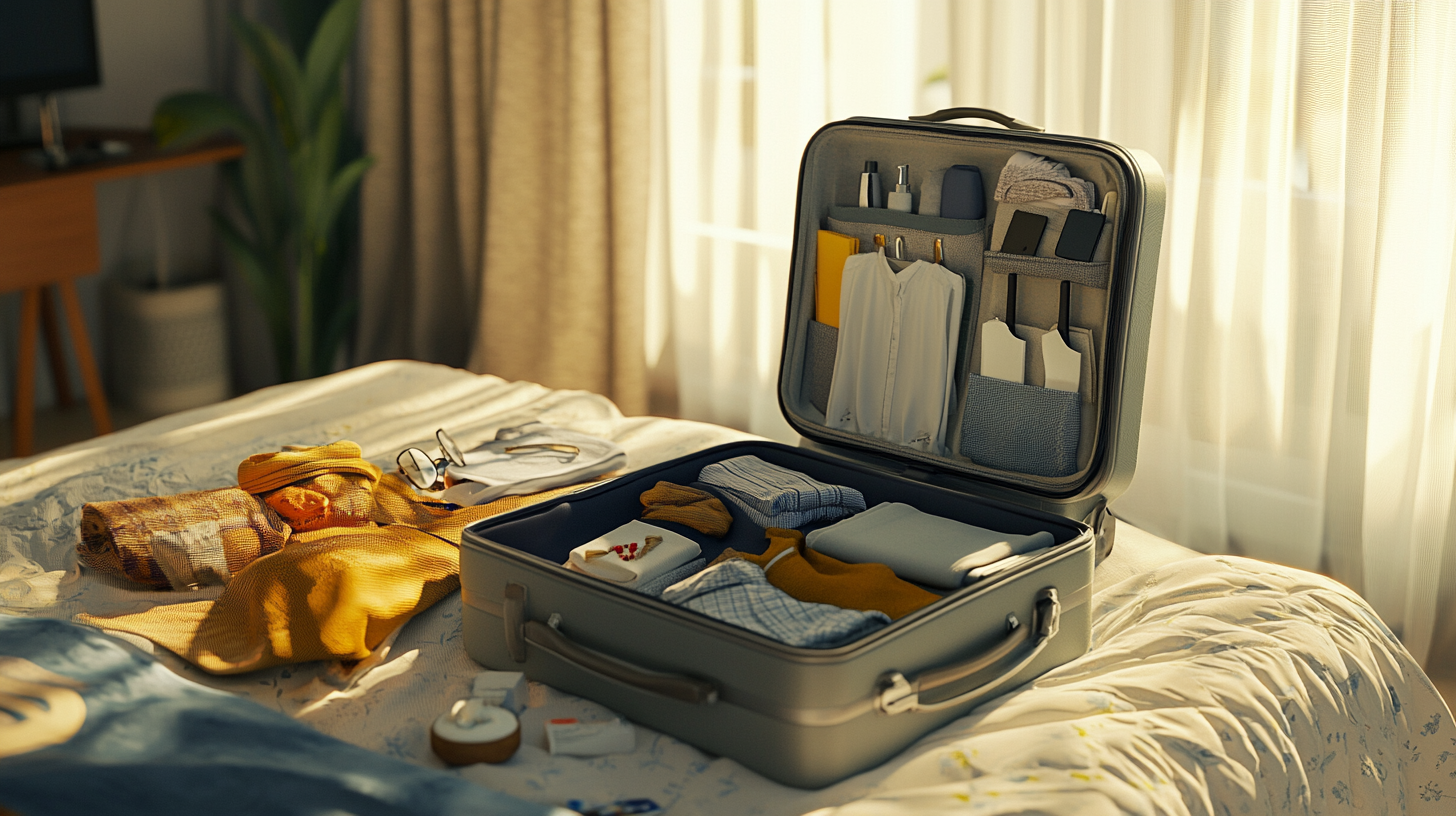
Packing a carry-on for any trip doesn’t have to be daunting. Start early to avoid last-minute stress and allow yourself time to rethink and reorganize. Keep abreast of any changes in airline policies or security regulations that may affect your packing list.
Stay minimalist in your approach. Constantly question the necessity of each item. Remember that many things can be purchased or borrowed at your destination if the need arises. Embracing this mindset simplifies packing and enhances your travel experience.
Ultimately, effective carry-on packing combines smart planning, strategic choices, and adaptability. By implementing these tips and techniques, you’ll be well on your way to becoming a carry-on connoisseur, ready to take on any adventure with confidence and ease. For more insights, consider reading U.S. News Travel’s guide on essential carry-on items.
Engage with traveler communities and forums for shared experiences and tips. Our community offers a wealth of knowledge from seasoned travelers who have mastered the art of carry-on packing.
For more travel advice and insights, check out our other articles on BoardingArea.













